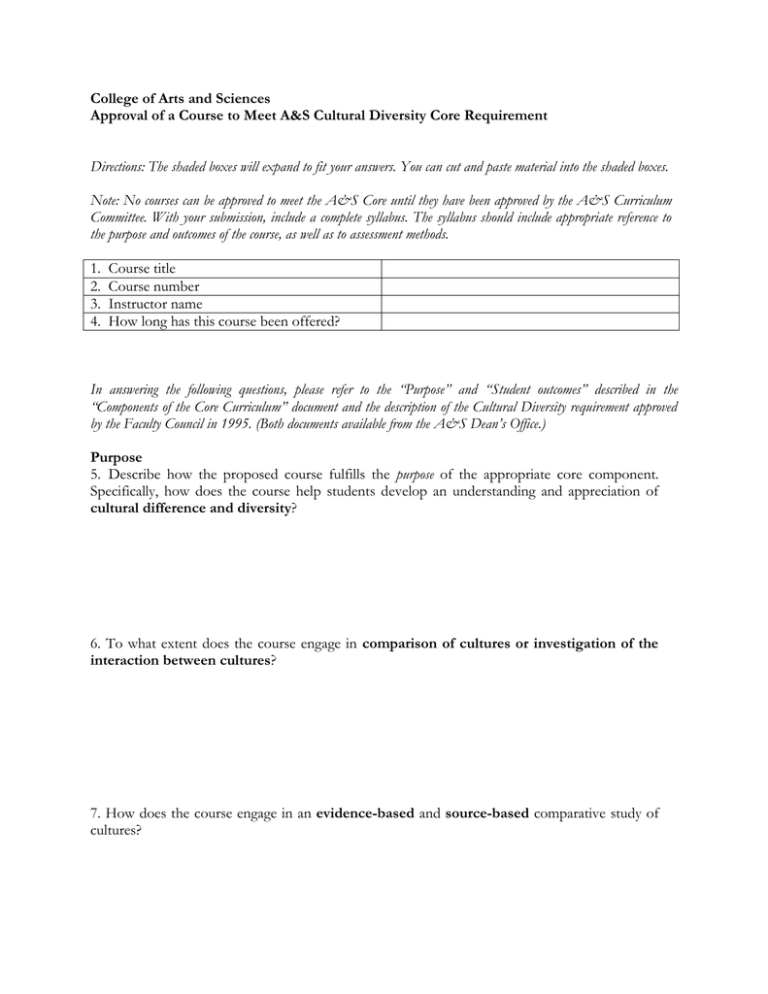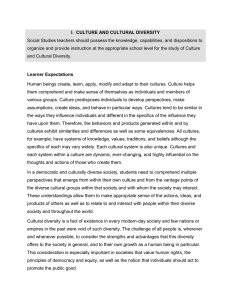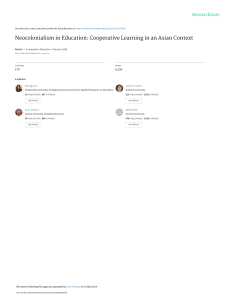College of Arts and Sciences
advertisement

College of Arts and Sciences Approval of a Course to Meet A&S Cultural Diversity Core Requirement Directions: The shaded boxes will expand to fit your answers. You can cut and paste material into the shaded boxes. Note: No courses can be approved to meet the A&S Core until they have been approved by the A&S Curriculum Committee. With your submission, include a complete syllabus. The syllabus should include appropriate reference to the purpose and outcomes of the course, as well as to assessment methods. 1. 2. 3. 4. Course title Course number Instructor name How long has this course been offered? In answering the following questions, please refer to the “Purpose” and “Student outcomes” described in the “Components of the Core Curriculum” document and the description of the Cultural Diversity requirement approved by the Faculty Council in 1995. (Both documents available from the A&S Dean’s Office.) Purpose 5. Describe how the proposed course fulfills the purpose of the appropriate core component. Specifically, how does the course help students develop an understanding and appreciation of cultural difference and diversity? 6. To what extent does the course engage in comparison of cultures or investigation of the interaction between cultures? 7. How does the course engage in an evidence-based and source-based comparative study of cultures? Outcomes: All courses that fulfill the Cultural Diversity requirement must have a method of assessing course outcomes, that is, of determining whether the course was successful in accomplishing its goals. Some common assessment methods include a pre-test and post-test, specific assignments or exam questions targeted to measure particular outcomes, or an end-of-semester discussion with students that is summarized by the instructor. The assessment method should produce data that can be kept as a record of the course’s effectiveness. Specifically, how will you determine whether your course was successful in accomplishing the following goals? Students will demonstrate an understanding of two or more cultures, or the interaction between cultures. Students will be able to engage in comparative cultural interpretation. Students will develop an informed perspective on cross-cultural issues and relations. Students will understand issues of ethnocentric biases. Students will understand leadership in culture from the perspective of this course. Students will understand how values are shaped and challenged by different social structures.





